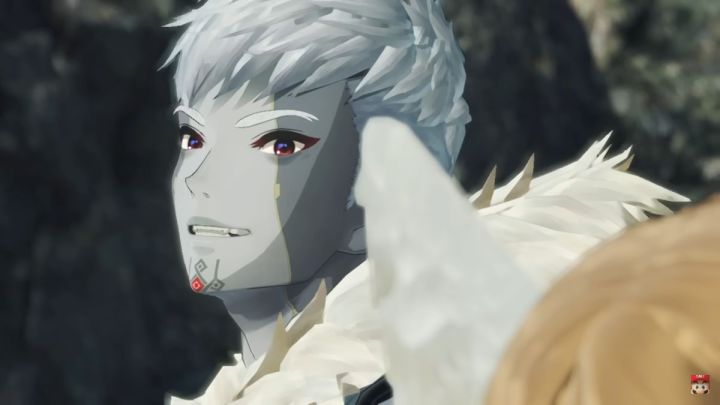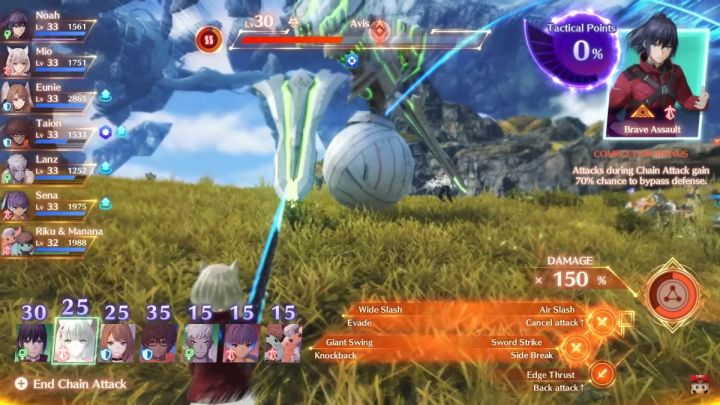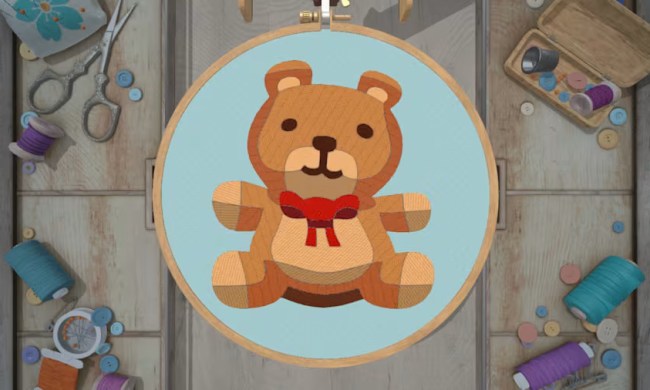Xenoblade Chronicles is a popular name in my network. My fellow JRPG fans rave about it, but I’ve never actually dipped into it myself. Xenoblade leaks, Nintendo Direct drama, word of mouth — all of that stuck the name inside my head before I even had the chance to pick up the controller.
Now, after going hands-on with Xenoblade Chronicles 3, I can see why it’s worth it. The latest game has one of the best opening chapters I’ve played. I’d be shocked to learn it didn’t live up to the strong start. That’s saying something, since I’m not sold on the systems-heavy gameplay. The complex combat and class systems take some getting used to, and I don’t even like the exploration that much so far. But I’m already immersed enough that I need to know what happens next.
A promising story
At the start, the game’s first six characters are forced to flee from their colonies after gaining the mysterious power of Ouroboros. Noah is the first character the player gets to know. In a very JRPG protagonist fashion, he’s the one with a sword and the most reasonable mix of justice and diplomacy. Mio, the other lead from the opposing country of Agnus, is equally fierce and empathetic. She’s on her 10th term, the last few months of her life, and wants to live it to the fullest. Her comrades, Sena and Taion, join her and the Keves refugees on a quest to find out why they were entrusted with Ouroboros and find a way to safely return home.

One of the things I always keep in mind regarding stories is whether or not the intro makes my blood rush. Xenoblade Chronicles 3 already passes the test. It’s impressively cinematic, from the masterfully cut footage to the emotional soundtrack. All of it seems intentionally angled to make the player feel something. The beginning is full of cutscenes, but it isn’t as maddening as you would expect because of how well-produced they are.
Xenoblade Chronicles 3 blends together the past and its impact on the present without ever feeling forced. It made me feel like I wouldn’t mind watching it if it were a movie. The opening chapter successfully characterizes Noah, Eunie, and Lanz and grounds the player in a world they know nothing about. Mio’s team comes after, but even their debut was enough to give me a feel for the characters’ general personalities and team dynamics in a brief span of time. That’s not something many games can pull off with such a wide cast, but the pacing here is key.
Compelling but confusing combat

Xenoblade Chronicles 3‘s combat doesn’t really feel like that of any other title. It’s a bit intimidating at first because of all the skills, classes, and effects you need to keep in mind. If you’re not familiar with terms like “aggro,” you might be confused as to what certain moves do or how you should play around them.
The game tries its best to ease you into battles without any pressure. For the most part, you can start battles at your discretion. You can approach enemies when you feel like fighting, or run away when you don’t. Enemies can also start battles with you if you get too close, but you can exit. Thankfully, you don’t lose anything if you get wiped out — just exploration progress.
Auto-attack particularly stands out to me as a newcomer, and it might throw off others who have only played turn-based or action RPGs where you strictly control when and how you attack. I’m used to mashing A to slash at enemies, but you can’t do the same here. There’s a different level of control, where you can align a “break” attack from the side or stab the enemy from the back. Later on, you can freely switch between characters during the battle instead of waiting outside of the menu. During the first chapter, I briefly controlled Eunie instead of Noah to get a feel for fighting as another character and adapting to their playstyle.

Party members run on AI that I can control with tactics, which changes the programming depending on how I want my teammates to behave. In Xenoblade Chronicles 3, you can even do it in the middle of a battle. It’s somewhat similar to mechanics in Tales of Arise or Scarlet Nexus, where other party members are AI-controlled while you lead the charge as one playable character.
Combos aren’t as streamlined as those in, say, Persona. However, aligning statuses like Break, Topple, or Daze in the optimal order can devastate an enemy and plunge their health into the red quicker than not doing so. It’s a lot to memorize at first, considering you start with three characters who already have multiple skills you can switch between. You should ease into it after spending hours with the cast, though.
As for nitpicks, jumping is a slight annoyance so far. It’s not always clear where you can jump, and sometimes there’s a weird stutter effect that creates a need for multiple jumps to get on top of platforms and uphill sections. You can’t jump during fights either, which is annoying for enemies that somehow get stuck on ledges. It makes sense, considering the jump button you would typically use is replaced with commands for battle moves, but it’s still a slight pain point.
The water’s fine
Overall, I’m impressed with the RPG so far. I hadn’t played Xenoblade Chronicles before, but I didn’t need to in order to enjoy this one. It’s a series I thought I’d enjoy based on the vibes, but I’m blown away by how well the story is executed.
Of course, there are some perks to having played past titles. Xenoblade fans have pointed out references to old games, like a giant sword related to the first Xenoblade title. These worlds seem to build on each other despite their separate stories. The background knowledge seems like it’d mostly come in handy for theory crafters, too. I’m only a few hours in, but the knowledge could also come in handy for predicting twists or connecting how the titles are related to each other.
But, if you’re a newbie like me, I’d say it’s worth it if you get the chance. There’s a rich, beautiful world waiting, with characters that want their story told.
Xenoblade Chronicles 3 launches for the Nintendo Switch on July 29.



